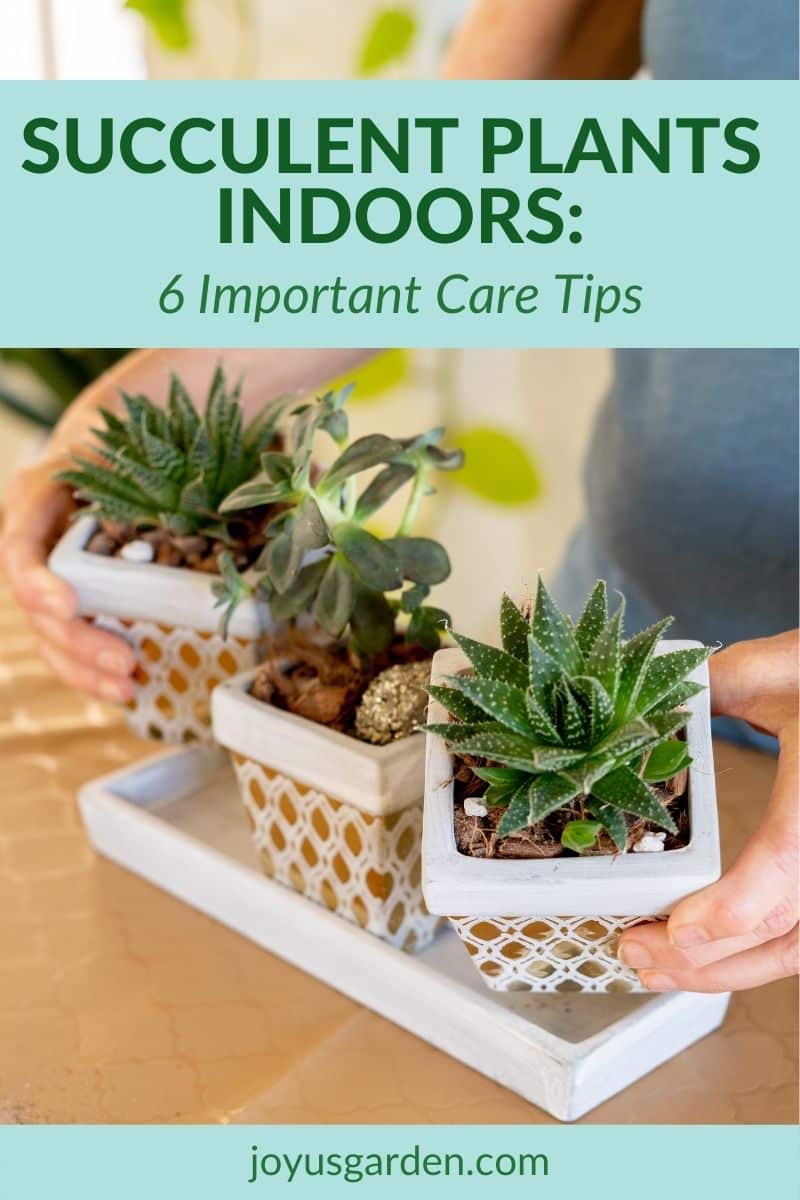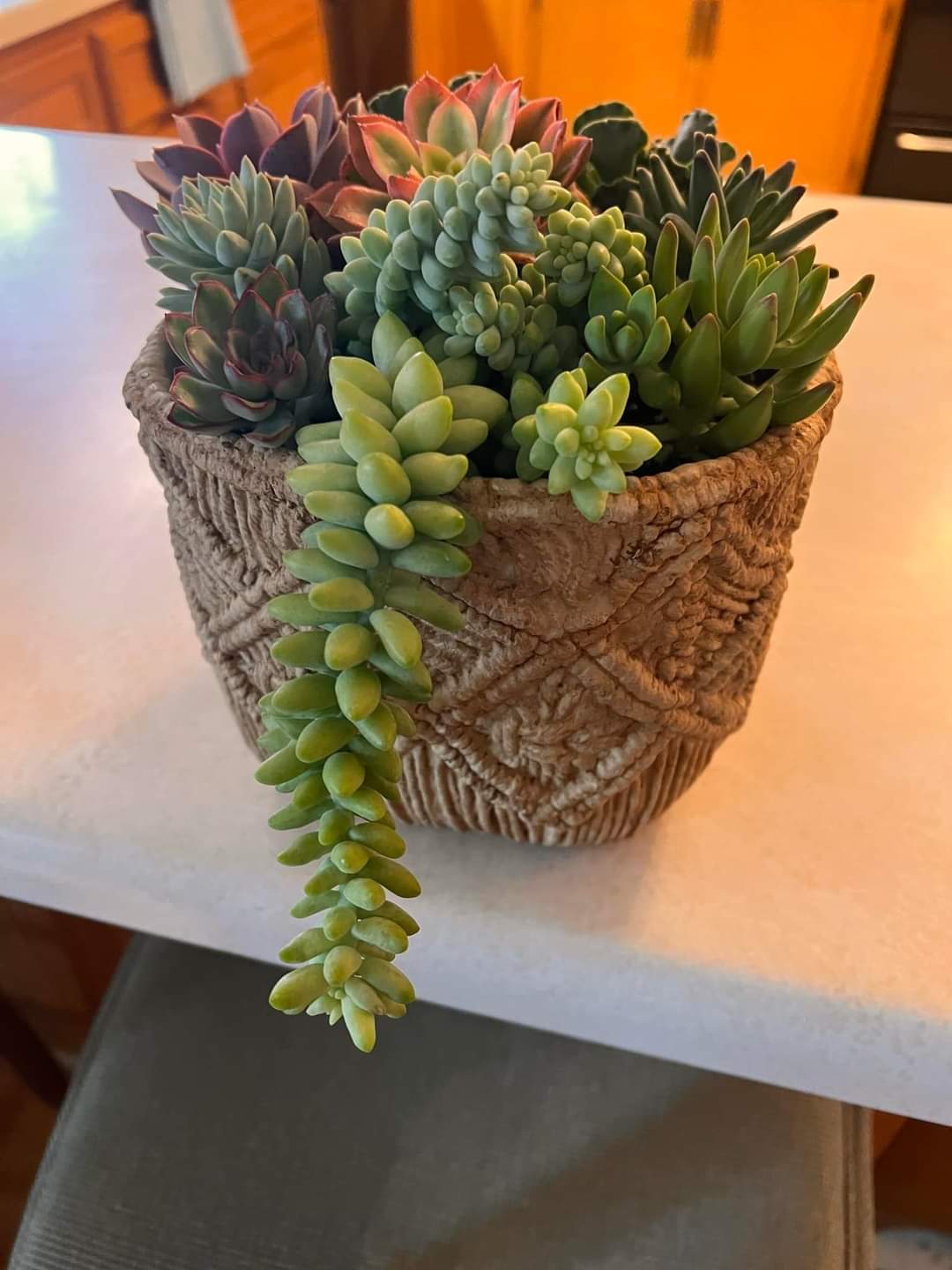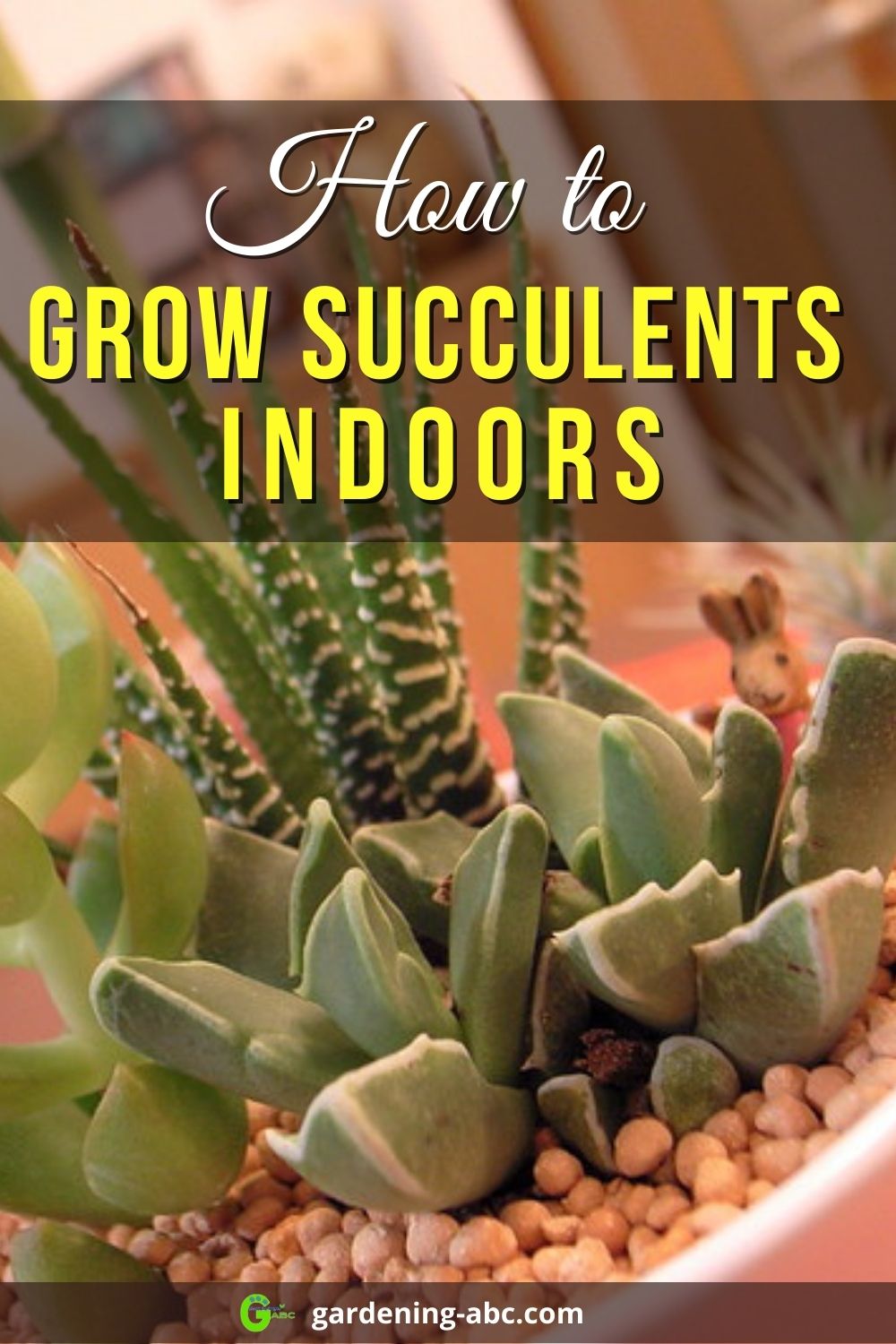Unlocking the Secrets of Succulent Success
Succulents have become increasingly popular as indoor plants due to their unique aesthetic appeal and ability to purify the air. However, to ensure these plants thrive, it’s essential to understand the basics of how to care for succulents indoors. With the right techniques and attention, succulents can bring a touch of natural beauty to any room, while also promoting a healthier environment. In this comprehensive guide, we’ll delve into the world of succulent care, covering the essential elements necessary for their success.
One of the primary reasons succulents are so well-suited for indoor growth is their ability to adapt to a variety of environments. Whether you live in a small apartment or a spacious house, succulents can thrive in a range of lighting conditions, from bright and direct to low and indirect. This versatility makes them an ideal choice for indoor spaces, where natural light can be limited. Additionally, succulents are relatively low-maintenance, requiring infrequent watering and fertilization, making them perfect for busy individuals or those new to plant parenthood.
Despite their hardy nature, succulents still require proper care to reach their full potential. This includes providing the right amount of water, nutrients, and light. By understanding the specific needs of your succulent, you can create an environment that fosters healthy growth and encourages your plant to flourish. In the following sections, we’ll explore the key elements of succulent care, from choosing the right plant to troubleshooting common problems.
Choosing the Right Succulent for Your Indoor Space
With over 60 different plant families and thousands of species, succulents offer a diverse range of options for indoor growth. When selecting a succulent for your indoor space, it’s essential to consider the specific lighting and temperature conditions of your environment. For example, if your space receives bright, direct light, consider succulents like Aloe, Echeveria, or Crassula, which thrive in these conditions. On the other hand, if your space is low-light, succulents like Chinese Evergreen or Pothos may be more suitable.
Another crucial factor to consider is temperature. Most succulents prefer daytime temperatures between 65-75°F (18-24°C) and nighttime temperatures around 55-65°F (13-18°C). Some succulents, like Aloe, can tolerate warmer temperatures, while others, like Echeveria, prefer cooler temperatures. By understanding the specific temperature requirements of your succulent, you can create an environment that promotes healthy growth and prevents stress.
In addition to lighting and temperature, it’s also important to consider the humidity levels in your indoor space. Succulents generally prefer dry air, but some species, like Crassula, can tolerate higher humidity levels. By understanding the specific needs of your succulent, you can create an environment that fosters healthy growth and encourages your plant to thrive.
Some popular succulent species for indoor growth include:
- Aloe (Aloe spp.): Known for their healing properties and low-maintenance requirements.
- Echeveria (Echeveria spp.): Popular for their striking rosettes and vibrant colors.
- Crassula (Crassula spp.): Includes the popular Jade Plant, which is known for its small, rounded leaves and ability to tolerate low light.
By choosing the right succulent for your indoor space, you can create a thriving and beautiful environment that brings joy and freshness to your home.
Mastering the Art of Watering: A Succulent’s Best Friend
Watering is one of the most critical aspects of how to care for succulents indoors. Succulents are adapted to survive in dry conditions, but they still need water to thrive. The key is to find the right balance between watering enough to keep the soil moist and avoiding overwatering, which can lead to root rot and other problems.
To determine when to water your succulent, check the soil moisture by sticking your finger into the soil up to the first knuckle. If the soil feels dry, it’s time to water. If it’s already moist, wait a few more days before checking again. Watering frequency will depend on the specific succulent species, pot size, and indoor environment.
When watering, make sure to water thoroughly, allowing excess water to drain from the pot. Avoid getting water on the leaves or crown of the plant, as this can cause rot and other problems. Instead, water at the soil level, making sure the pot drains well to prevent waterlogged soil.
The best time to water succulents is in the morning, so the plants have the entire day to dry out slightly. Avoid watering in the evening, as this can encourage fungal growth and other problems.
Some general guidelines for watering succulents include:
- Watering every 7-10 days during the spring and summer months when succulents are actively growing.
- Watering every 4-6 weeks during the fall and winter months when succulents are dormant.
- Adjusting watering frequency based on the specific succulent species, pot size, and indoor environment.
By mastering the art of watering, you can help your succulents thrive and enjoy the many benefits of growing these amazing plants indoors.
Providing the Perfect Environment: Lighting, Temperature, and Humidity
When it comes to how to care for succulents indoors, providing the right environment is crucial for their survival and thriving. Succulents require specific lighting, temperature, and humidity conditions to grow and flourish.
Lighting is one of the most critical factors in succulent care. Most succulents require bright, indirect light to photosynthesize and grow. Placing succulents near a sunny window or using grow lights can provide the necessary light for optimal growth. However, direct sunlight can be too intense for some succulents, so it’s essential to provide some shade, especially during the hottest part of the day.
Temperature is another vital factor in succulent care. Most succulents prefer daytime temperatures between 65-75°F (18-24°C) and nighttime temperatures around 55-65°F (13-18°C). Some succulents, like Aloe, can tolerate warmer temperatures, while others, like Echeveria, prefer cooler temperatures. Avoid placing succulents near heating or cooling vents, fireplaces, or drafty windows, as this can cause temperature fluctuations that can stress the plants.
Humidity is also an essential factor in succulent care. Succulents prefer dry air, but some species, like Crassula, can tolerate higher humidity levels. To maintain the right humidity level, you can use a humidifier or group plants together to create a microclimate. However, be cautious not to over-humidify, as this can lead to root rot and other problems.
To create a suitable environment for your succulents, consider the following tips:
- Use grow lights to provide supplemental lighting, especially during the winter months when natural light is scarce.
- Adjust thermostat settings to maintain a consistent temperature between 65-75°F (18-24°C) during the day and 55-65°F (13-18°C) at night.
- Use a humidifier to maintain a humidity level between 40-60%.
- Group plants together to create a microclimate and maintain humidity levels.
By providing the right environment, you can help your succulents thrive and enjoy the many benefits of growing these amazing plants indoors.
Fertilizing for Success: A Balanced Diet for Your Succulents
Fertilizing is an essential part of how to care for succulents indoors. Succulents require a balanced diet to promote healthy growth and development. A balanced, water-soluble fertilizer is the best option for succulents, as it provides the necessary nutrients for optimal growth.
When choosing a fertilizer for your succulents, look for a product that is specifically designed for cacti and succulents. These fertilizers typically have a balanced N-P-K ratio, which means they contain equal amounts of nitrogen, phosphorus, and potassium. Avoid using fertilizers that are high in nitrogen, as this can cause succulents to become leggy and weak.
It’s also important to consider the frequency of fertilization. Succulents typically require fertilization during the growing season, which is from spring to fall. During this time, fertilize your succulents once a month with a balanced, water-soluble fertilizer. Dilute the fertilizer to half the recommended strength to avoid burning the roots.
Some tips to keep in mind when fertilizing your succulents include:
- Use a balanced, water-soluble fertilizer specifically designed for cacti and succulents.
- Fertilize during the growing season, from spring to fall.
- Dilute the fertilizer to half the recommended strength to avoid burning the roots.
- Avoid fertilizing during the dormant season, from winter to early spring.
By providing your succulents with a balanced diet, you can promote healthy growth and development, and enjoy the many benefits of growing these amazing plants indoors.
Potting and Repotting: Giving Your Succulents Room to Grow
Potting and repotting are crucial steps in how to care for succulents indoors. Succulents need well-draining pots and soil to prevent waterlogged soil, which can lead to root rot and other problems. When choosing a pot for your succulent, make sure it has drainage holes to allow excess water to escape.
When it comes to soil, succulents prefer a well-draining mix that is specifically designed for cacti and succulents. Avoid using regular potting soil, as it can retain too much water and cause root rot. Instead, use a mix that contains perlite, vermiculite, or sand, which will help to improve drainage and prevent waterlogging.
Repotting is also an essential part of succulent care. Succulents typically need to be repotted every 1-3 years, as their roots can become pot-bound and prevent the plant from growing. When repotting, choose a pot that is only slightly larger than the previous one, and use fresh, well-draining soil. This will give your succulent room to grow and prevent it from becoming too wet.
Some tips to keep in mind when potting and repotting succulents include:
- Use a well-draining pot with drainage holes to prevent waterlogged soil.
- Choose a soil mix that is specifically designed for cacti and succulents.
- Repot succulents every 1-3 years to give them room to grow.
- Use a pot that is only slightly larger than the previous one to prevent the soil from becoming too wet.
By providing your succulents with the right pot and soil, you can help them thrive and enjoy the many benefits of growing these amazing plants indoors.
Pest Control and Common Problems: Troubleshooting Your Succulent Care
Despite their hardy nature, succulents can still be susceptible to pests and common problems. When learning how to care for succulents indoors, it’s essential to be aware of these potential issues and know how to address them.
Common pests that can affect succulents include mealybugs, spider mites, and scale. These pests can cause damage to the plant’s leaves and stems, and can even spread disease. To control these pests, use organic or chemical control methods, such as neem oil or insecticidal soap.
Root rot is another common problem that can affect succulents. This occurs when the roots of the plant become waterlogged, causing the plant to become weak and susceptible to disease. To prevent root rot, make sure to use well-draining pots and soil, and avoid overwatering.
Other common problems that can affect succulents include leaf drop, stem rot, and fungal infections. These problems can be caused by a variety of factors, including overwatering, underwatering, and exposure to extreme temperatures.
To troubleshoot these problems, it’s essential to identify the underlying cause and take corrective action. For example, if you notice that your succulent is dropping leaves, it may be due to underwatering. To address this issue, increase the frequency of watering, but make sure not to overwater.
Some tips to keep in mind when troubleshooting succulent care include:
- Monitor your plants regularly for signs of pests or disease.
- Use organic or chemical control methods to control pests.
- Adjust your watering schedule to prevent overwatering or underwatering.
- Provide your succulents with good air circulation to prevent fungal infections.
By being aware of these potential problems and knowing how to address them, you can help your succulents thrive and enjoy the many benefits of growing these amazing plants indoors.
Propagation and Pruning: Encouraging Healthy Growth and Shape
Propagation and pruning are essential techniques for encouraging healthy growth and maintaining shape in succulents. By learning how to propagate and prune your succulents, you can help them thrive and enjoy the many benefits of growing these amazing plants indoors.
Propagation involves creating new plants from existing ones, either by leaf or stem cuttings. This is a great way to share plants with friends and family, or to create new plants for your own collection. To propagate succulents, simply remove a healthy leaf or stem from the mother plant, and allow it to dry for a few days to form a callus. Then, plant the cutting in well-draining soil, and water sparingly until roots develop.
Pruning is also an important technique for maintaining shape and encouraging healthy growth in succulents. By removing dead or damaged leaves and stems, you can help your succulents look their best and prevent the spread of disease. To prune succulents, simply remove any dead or damaged leaves or stems with a pair of clean scissors or pruning shears.
Some tips to keep in mind when propagating and pruning succulents include:
- Use clean and sharp tools to prevent the spread of disease.
- Make clean cuts just above a node to encourage new growth.
- Allow cuttings to dry for a few days to form a callus before planting.
- Water sparingly until roots develop, and then gradually increase watering as the new plant grows.
By following these tips and techniques, you can help your succulents thrive and enjoy the many benefits of growing these amazing plants indoors.







